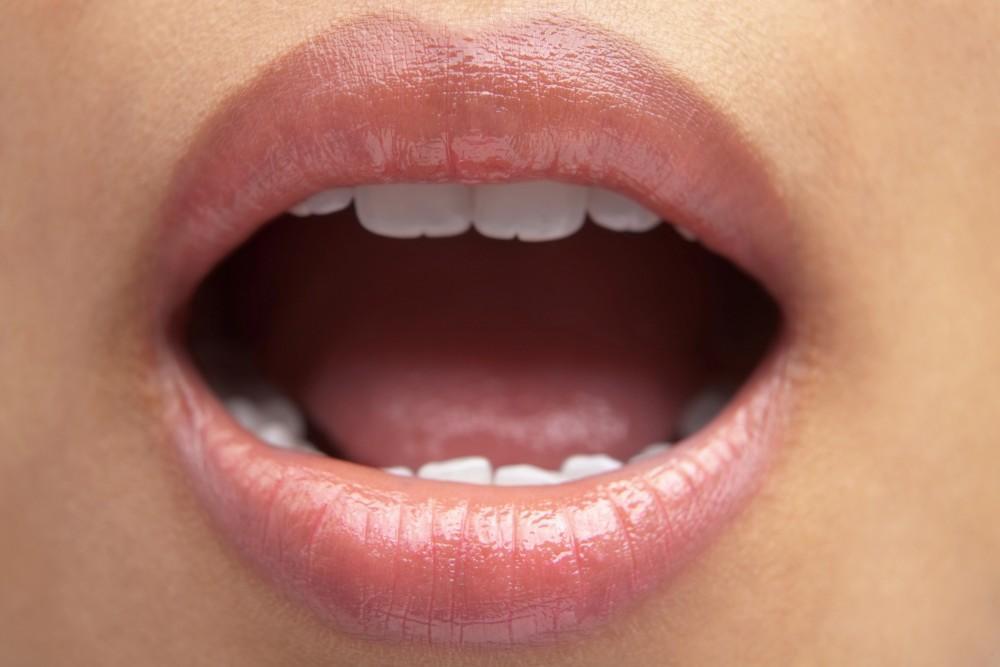
The Real Cost of Tooth Decay

From pain and discomfort to discolored teeth, cavities can significantly impact your quality of life. However, tooth decay doesn't only affect your oral health; it can also take a bite out of your wallet and overall well-being.
Understanding Tooth Decay
As bacteria feed on the sugars in your diet, they produce acids that erode tooth enamel, eventually leading to cavities. Without proper care and intervention, tooth decay can progress and cause more severe oral health issues, such as infection, tooth loss, and even systemic health problems.
The Impact on Your Health
Tooth decay can take a toll on your health in several ways, some of which surprise many patients. Some potential consequences of untreated tooth decay include:
- Pain and discomfort: Cavities can cause significant pain, making it difficult to eat, speak, or even sleep.
- Infections: If left untreated, tooth decay can progress to an abscess, a painful infection that can spread to other areas of the body and cause serious health problems.
- Tooth loss: Advanced tooth decay can result in tooth loss, which can affect your ability to chew, your speech, and your overall self-esteem.
- Malnutrition: Pain and difficulty chewing due to tooth decay can lead to poor nutrition, as you may avoid certain foods or eat less overall.
- Systemic health problems: Research has shown that untreated tooth decay and oral infections can potentially contribute to diabetes, heart disease, and stroke risk.
The Financial Cost of Tooth Decay
The cost of treating tooth decay varies depending on the severity of the condition and the type of treatment required. These costs can add up quickly, especially if you need multiple treatments or if tooth decay recurs. Furthermore, even if you have dental insurance, coverage can vary, and out-of-pocket expenses can still be significant.
Dental fillings
Fillings are a common treatment for cavities. Depending on the material used (amalgam or composite) and the size of the cavity, the cost of a filling can be several hundred dollars per tooth.
Root Canal
If tooth decay reaches the pulp chamber of the tooth, a root canal may be necessary. This procedure involved drilling further into the tooth to remove infected tissue. It is more involved than a basic filling and can cost between $300 and $2,000, depending on the tooth's location and complexity.
Dental Crowns
When a tooth is severely damaged, a dental crown may be required to restore its strength and appearance. Crowns can range from several hundred to several thousand dollars, depending on the material used and the complexity of the case.
Tooth Extractions
In extreme cases where the tooth cannot be saved, extraction may be necessary. Extractions can cost hundreds of dollars. After a tooth is extracted, it can eventually lead to bone loss and additional problems for the adjacent teeth.
Dental implants
If tooth loss occurs due to decay, dental implants are an option for replacing missing teeth. The cost of just one dental implant can be several thousand dollars, depending on various factors such as the implant type and additional procedures required.
Taking Action to Prevent Tooth Decay
Preventing tooth decay is much more cost-effective than treating it. Start with practicing good oral hygiene by brushing your teeth twice a day using fluoride toothpaste. Also, make sure to floss daily to remove plaque from between teeth.
Schedule dental check-ups and cleanings every six months or as recommended by your dentist. Regular dental visits can help identify and treat tooth decay in its early stages before it becomes a more significant problem.
You can also avoid tooth decay with a healthy diet. Limit sugary and acidic foods and beverages. Instead, focus on a balanced diet full of fruits, vegetables, lean proteins, and whole grains to support your oral and overall health. In addition, drinking water throughout the day helps wash away food particles and bacteria, keeping your mouth cleaner and reducing the risk of tooth decay.
Address Tooth Decay Early
If you suspect that you have tooth decay, it's essential to seek professional help as soon as possible. The sooner tooth decay is detected and treated, the less extensive and costly the treatment is likely to be.
If you ever have a question about tooth decay or any other oral health concerns, don't hesitate to contact our office.
You Might Also Enjoy...


Can Children Get Gum Disease?

Types of Oral Infections and How to Recognize Them

Is Mouth Breathing Bad?

Can Improving Your Smile Boost Your Career?


